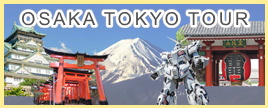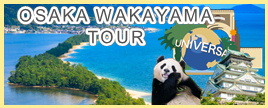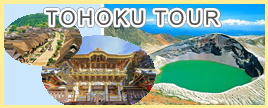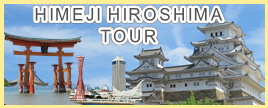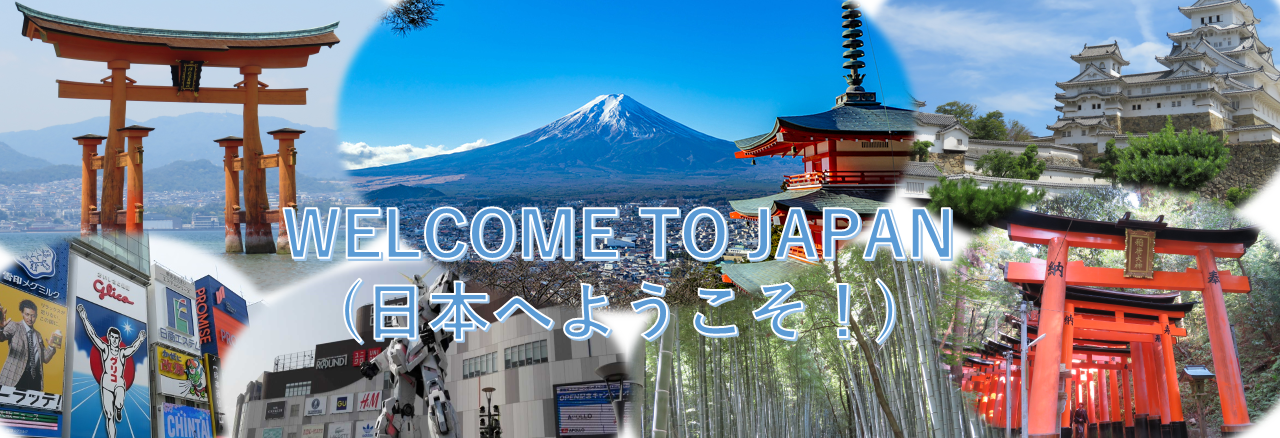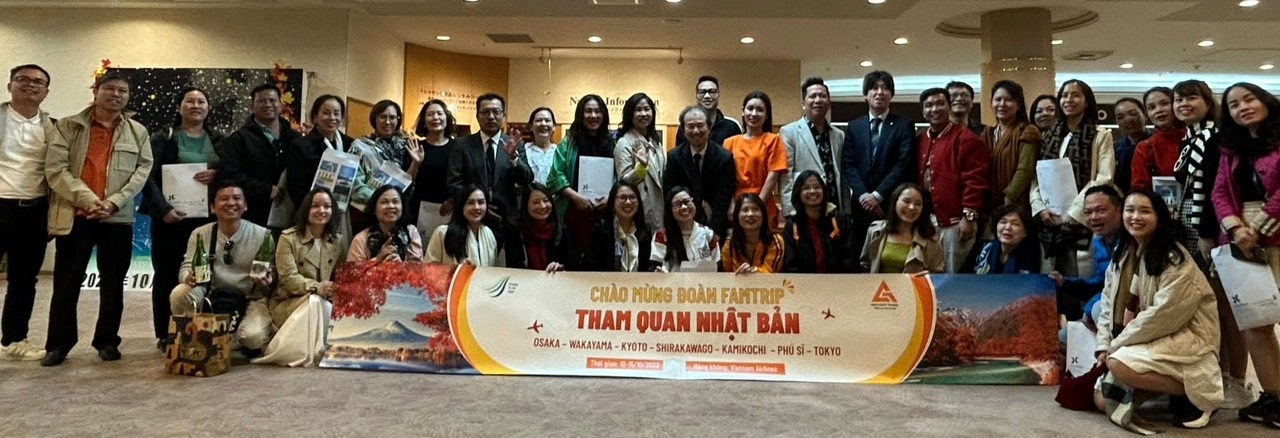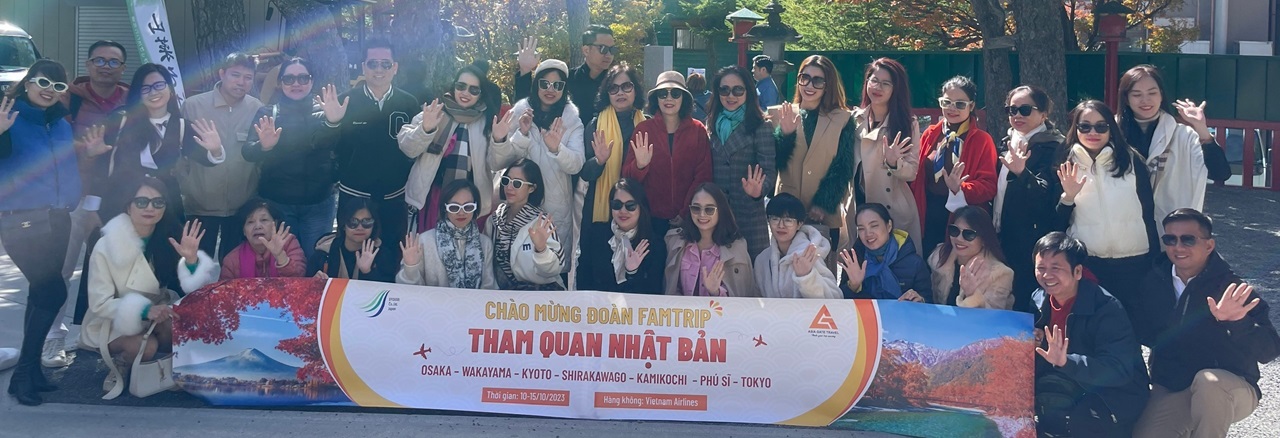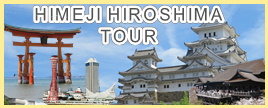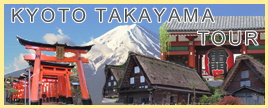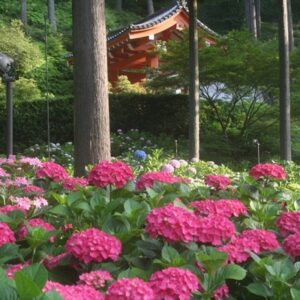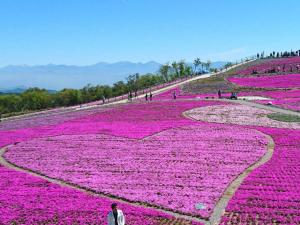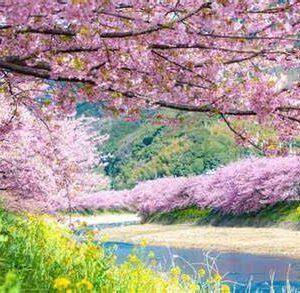2/1-2/19 tour
説明
this tour enjoy “ALL JAPAN”!!
You can feal fantastic JAPAN.
ENJOY POINT
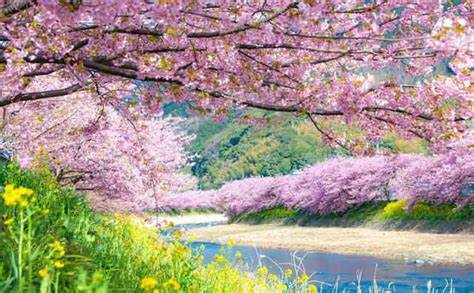

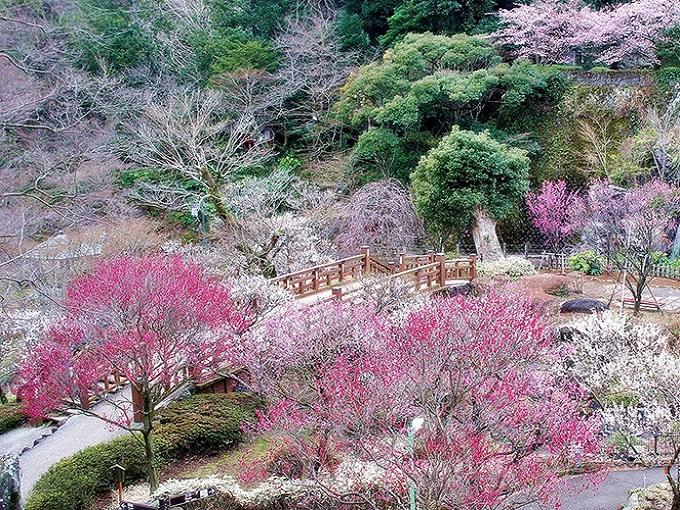
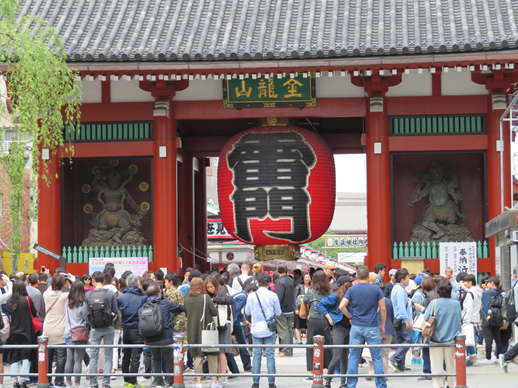
1st day
09:15-14:15 PR412
16:15 AIRPORT CHECKOUT
16:15-18:15 BUS ridding
18:30 HOTEL C/I and DINNER
2nd day
8:00 BF and C/O
8:10-9:00 BUS ridding
9:10-10:10 DOTONBORI▼

The Dotonbori district sits beside a 400-year-old canal. The bridge over the canal is a popular place to take your photo (look out for the Glico Man; the enormous runner towers over Ebisubashi Bridge and is a famous Osaka landmark).Almost a mile long, Shinsaibashi arcade stretches from Shinsaibaishi station to Dotonbori and is one of the busiest and oldest shopping streets in Japan. There are shops to suit every budget and tastes from high fashion to traditional crafts. Add on a limitless selection of cafes and restaurants, and you’ll be lucky to emerge before nightfall.
10:20-11:20 BUS ridding
11:30-12:30 LUNCH
12:40-13:40 KIYOMIZU TEMPLE▼

The main hall houses Kiyomizudera’s veranda, the most famous feature of the temple. Supported by traditional wooden Japanese construction, it stands 13 meters above the ground and is built without the use of nails.The veranda is usually crowded with visitors, but it’s worth venturing to the furthest corner and waiting your turn for a photo with the city of Kyoto in the background.
14:00-15:00 BUS ridding
15:10-18:10 NABANA NO SATO▼

Some of the highlights include the river of lights, the tunnel of light, the illuminated metaphorical sea, and the twin trees. With all the brilliant displays, you should have little problem finding the right lighting for nighttime photography.
16:20-18:30 BUS ridding
18:40-19:50 DINNER
20:00 HOTEL C/I
3rd day
8:00 BF and C/O
8:00-10:00 BUS ridding
10:00-11:00 UNAGI PAI FACTORY▼
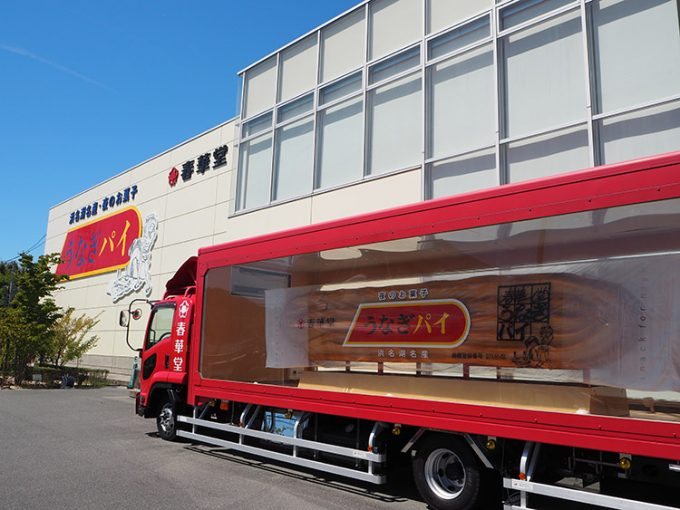
The signature souvenir of Shizuoka Prefecture, Unagipie Pastries are sweet, crispy confections flavored with eel (or ‘unagi’ in Japanese), which is a Shizuoka specialty. Hand-made by Unagipie Artisans who produce roughly 200,000 pieces of pastry a day, Unagipie Pastries are known throughout Japan for their great taste and the unique concept of infusing a sweet snack with ‘unagi’ extract.
11:10-11:50 BUS ridding
12:00-12:50 LUNCH
13:00-14:30 BUS ridding
14:40-15:40 ATAMI UME FESTIVAL▼
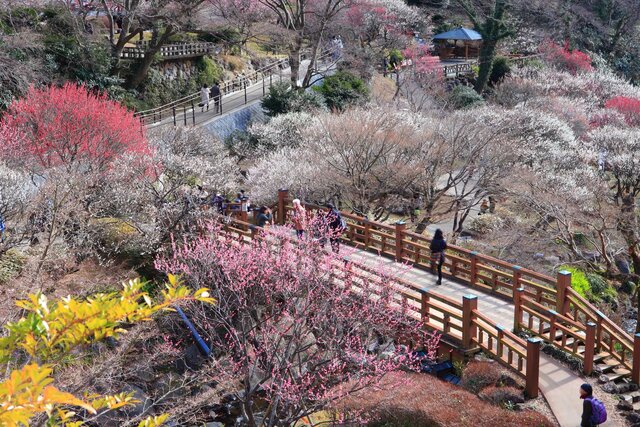
Including ancient plum trees that are over 100 years old, 469 plum trees of 60 varieties bloom in glory, flowering in succession from early bloomers to mid-season bloomers to late bloomers. During the Plum Festival period, you can fully enjoy the plum blossoms.
15:50-16:20 ROPEWAY
16:20-17:00 OWAKUDANI▼
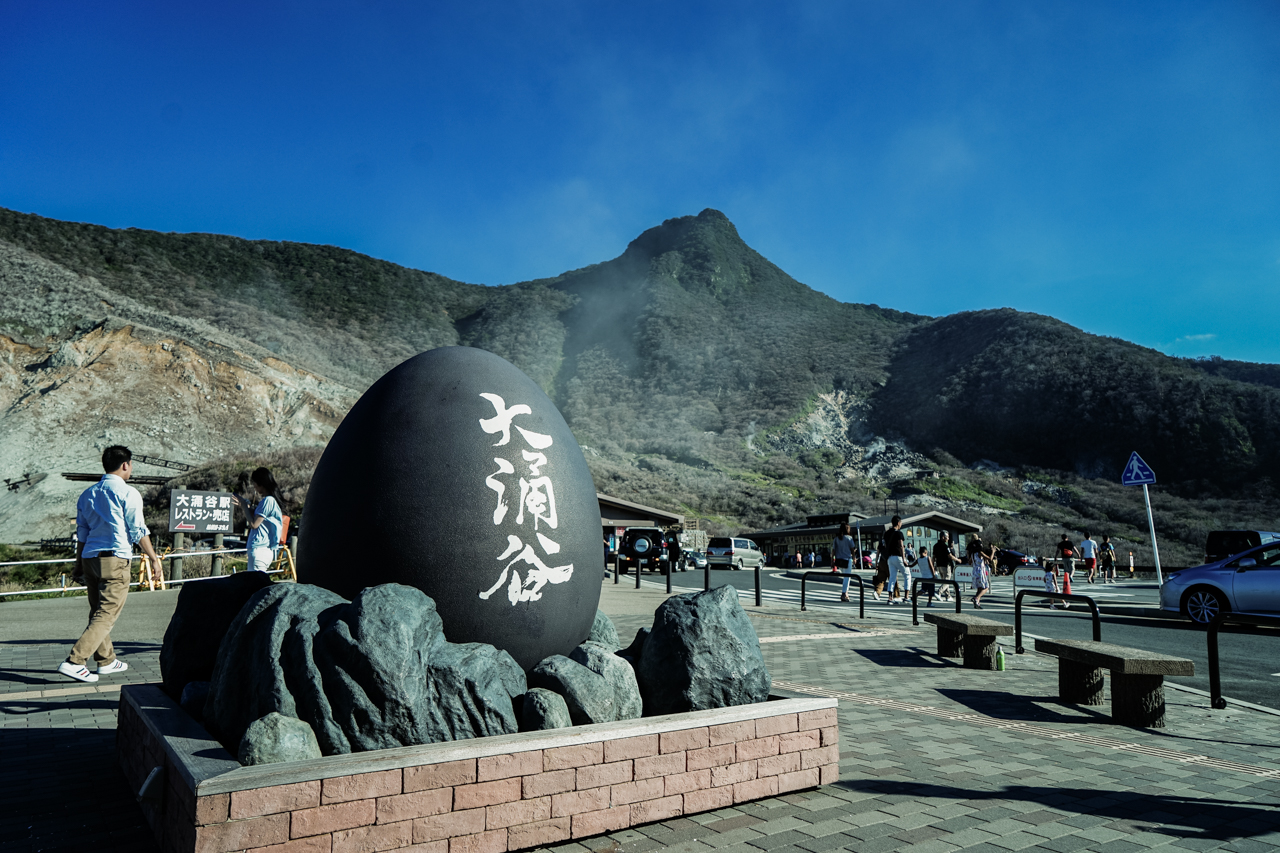
About a 10-minute walk from the ropeway station is the main volcanic zone, where you will find steam vents and bubbling pools. You can purchase hard-boiled eggs cooked in the volcanically hot waters. With shells blackened by a chemical reaction with the hot spring water, these eggs are said to extend your life by seven years. Although the shell is black, the inside is a normal boiled egg.
17:10-18:30 BUS ridding
18:40- HOTEL BUFEAT WITH CRAB▼
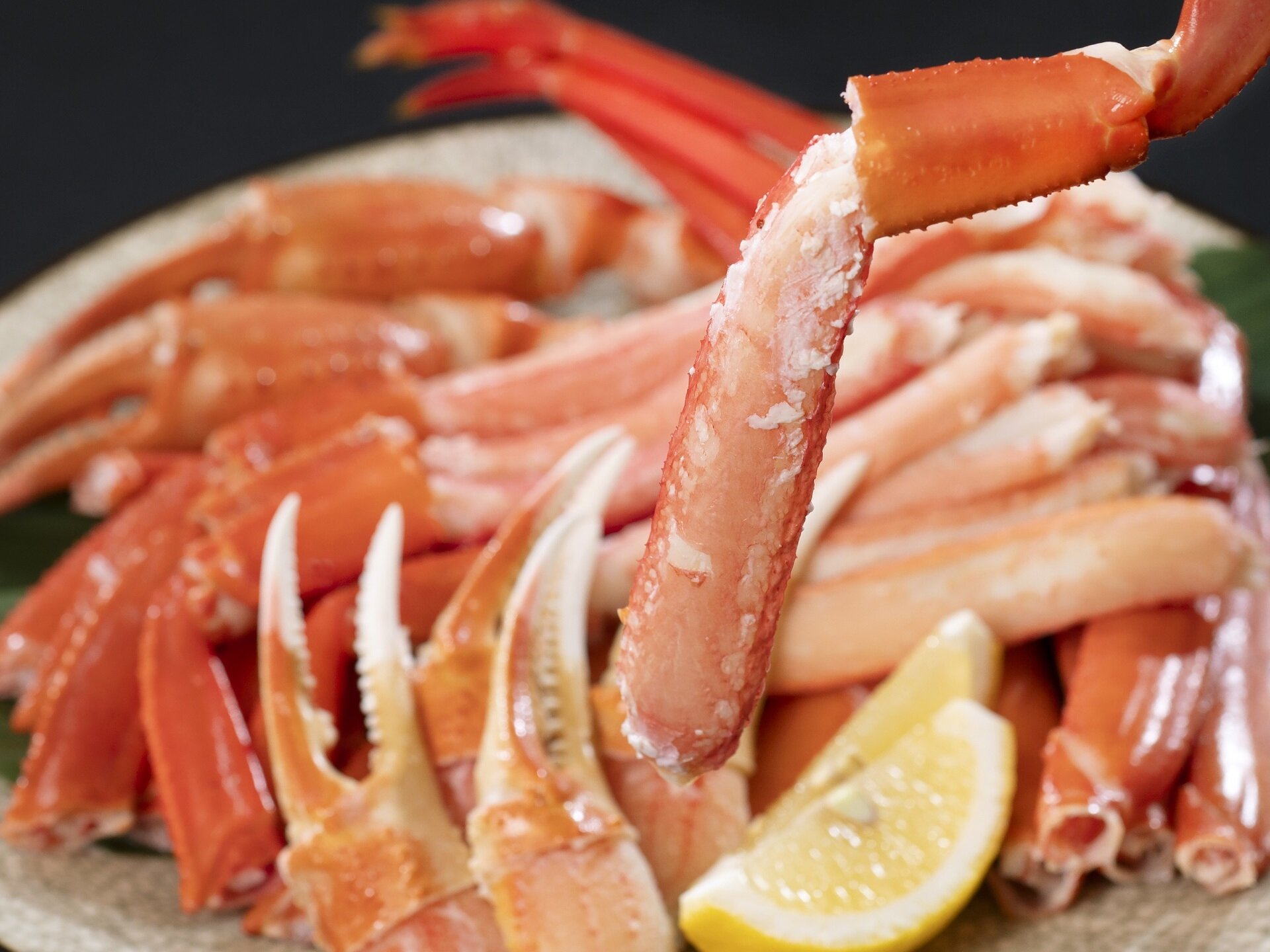
You can enjoy crab set.
20:00 HOTEL
4th day
8:00 BF and C/O
8:10-9:40 BUS ridding
10:20-10:50 KAWAZU ZAKURA FESTIVAL▼

The Kawazu Cherry Blossom Festival celebrates the earliest blooming cherry trees in eastern Japan. While most of Honshu has to wait until mid-March for blossom time, the Kawazu-zakura trees bloom around a month earlier. For this reason, the festival, which runs from February 2 to the end of the month, is incredibly popular with visitors keen to see the end of winter and the return of warmth and color.
11:00-11:30 BUS ridding
11:40-12:20 STRAWBERRY PICKING▼
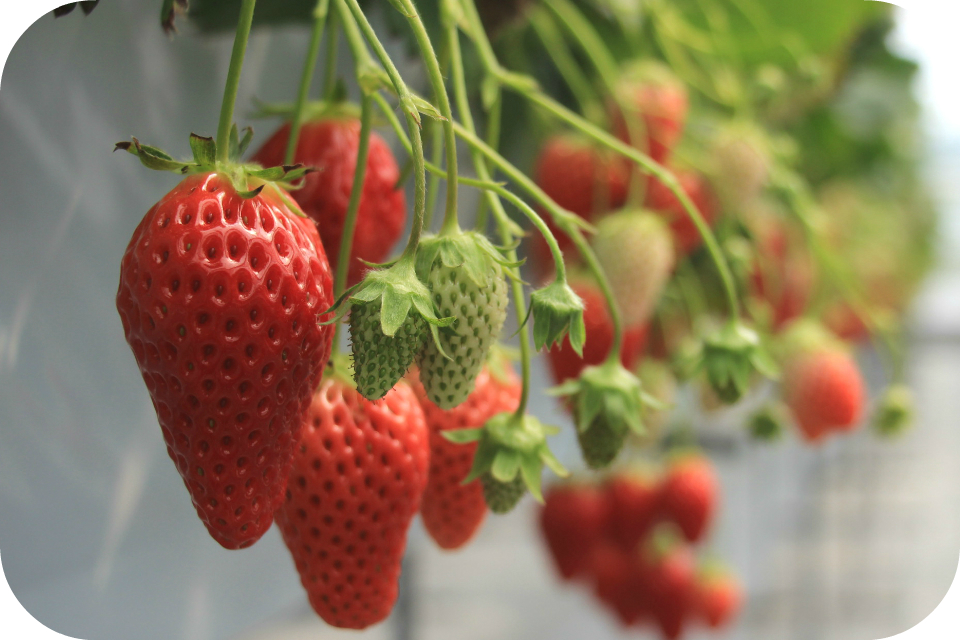
Strawberry picking is an activity where people visit farms to pick their own strawberries from the plants. It’s seasonal, usually taking place from late spring to early summer. Visitors are given baskets to collect strawberries, and the cost is often based on entry or the weight of picked strawberries. This activity is a fun way to enjoy fresh strawberries and learn about farming.
12:30-13:20 LUNCH
13:30-15:40 BUS ridding
15:50-16:40 ASAKUSA TEMPLE▼

The origin of this striking temple is the stuff of legend. The story goes that all the way back in 628, two fisherman brothers pulled a statue of Kannon, the Buddhist goddess of mercy, from the Sumidagawa River. Although they tried to return it to the river, it always came back to them. They built Sensoji to house this sacred statue and to honor Kannon, completing it in 645.For centuries, a constant flow of visitors has come to pay their respects and pray in the temple’s main hall. Around the central building, you can also see the Goju-no-To five-tiered pagoda, several smaller halls, and charming little gardens, one of which houses Tokyo’s oldest stone bridge and wooden structure. To the right of the main hall, you will find Asakusa Shrine, where the three men who founded Sensoji are enshrined.
16:50-17:30 BUS ridding
18:00-19:30 DINNER
19:40-20:00 BUS ridding
20:00 HOTEL C/I
5th day
7:00 BF and C/O
7:00-7:15 BUS ridding
9:30-13:45 PR431✈
